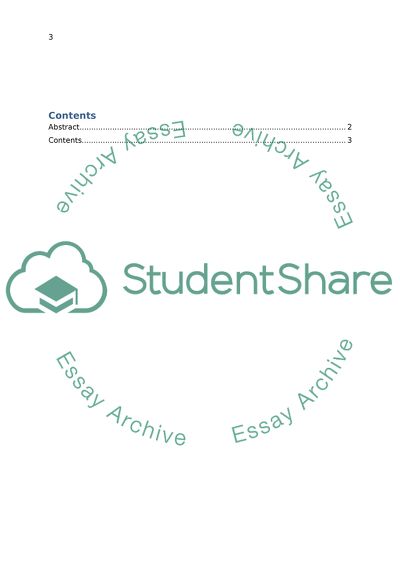Cite this document
(“Assessment Regimes in Place in England: The Consequences for Essay”, n.d.)
Retrieved from https://studentshare.org/education/1428780-many-argue-that-the-assessment-regimes-in-place-in
Retrieved from https://studentshare.org/education/1428780-many-argue-that-the-assessment-regimes-in-place-in
(Assessment Regimes in Place in England: The Consequences for Essay)
https://studentshare.org/education/1428780-many-argue-that-the-assessment-regimes-in-place-in.
https://studentshare.org/education/1428780-many-argue-that-the-assessment-regimes-in-place-in.
“Assessment Regimes in Place in England: The Consequences for Essay”, n.d. https://studentshare.org/education/1428780-many-argue-that-the-assessment-regimes-in-place-in.


